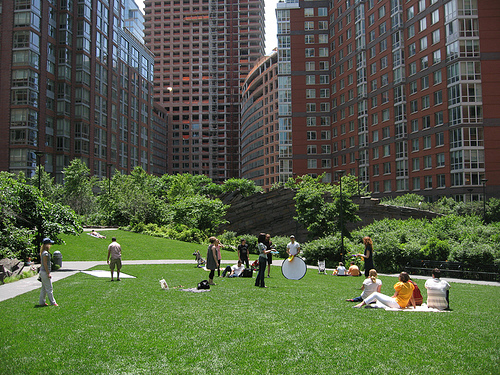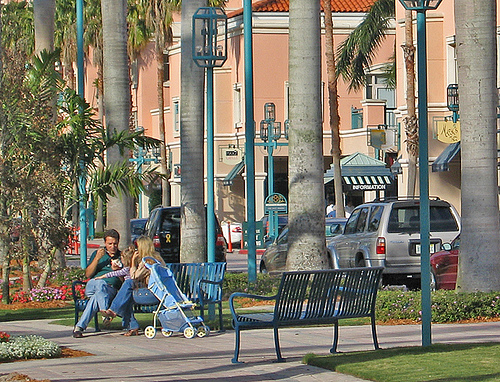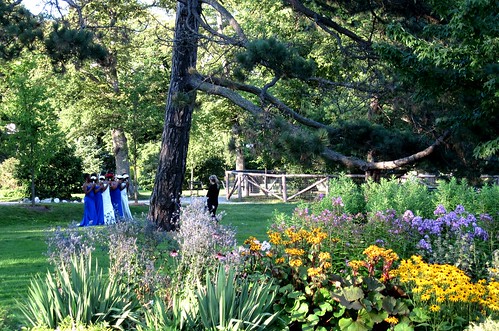TPL publishes comprehensive data on city park systems

Posted September 21, 2010 at 1:27PM
The 85 largest U.S. cities have more than 1.4 million acres of city parks, according to data released earlier this month by The Trust for Public Land. The city park systems profiled in 2010 City Park Facts serve 58 million urban residents, offering 11,160 playgrounds, 9,167 ball diamonds, 1,349 swimming pools, 514 dog parks, and 400 public golf courses, among other facilities.
The report includes statistics on urban park acreage, spending, staffing, and facilities. TPL releases the data annually through its Center for City Park Excellence.
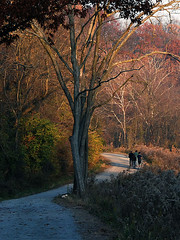 There is a lot of spending on city parks, but apparently not enough. Center dirctor Peter Harnik notes in a press release that large cities spent $5.8 billion on their park systems and recreation programs in 2008, but they also collectively suffer from at least $6.4 billion in additional deferred repairs and improvements.
There is a lot of spending on city parks, but apparently not enough. Center dirctor Peter Harnik notes in a press release that large cities spent $5.8 billion on their park systems and recreation programs in 2008, but they also collectively suffer from at least $6.4 billion in additional deferred repairs and improvements.
"If we don't solve this maintenance problem, our children won't have safe places to play, and their generation will be saddled with the costs," Harnik said. "Parks are no different from other infrastructure; they need investment to keep them up."
Some facts from the report:
Cities that provide particularly large amounts of parkland per 1,000 residents include New Orleans, Virginia Beach, Albuquerque, Scottsdale, and Jacksonville. Older, more densely populated cities that provide residents with substantial amounts of green space include St. Paul, Minneapolis, Washington, D.C., and Pittsburgh. Anchorage, Alaska offers the most parkland, with the gargantuan Chugach State Park inside its municipal borders.
Among cities that provide considerable parkland as a percent of the city's area are New York, San Francisco, Boston, San Diego, Raleigh, and Austin.
Cities that gained significant amounts of new parkland between 2008 and 2009 included Houston, El Paso, Colorado Springs, Oklahoma City, and Nashville.
Based on data from 2008, the best-funded major city park and recreation departments were in Washington, D.C. ($259 per resident), Seattle ($252), Scottsdale ($214), Las Vegas ($206), and New Orleans ($205). The least-funded departments were in Detroit ($26 per resident), El Paso ($31), Memphis ($34), Jacksonville ($35), and Houston ($36).
Of the 92 park and recreation departments studied (some cities have more than one agency), TPL found that 45 spent more, 26 spent less, and 3 spent the same on park operations between 2007 and 2008. (Nine agencies did not have financial information available.) While total spending levels increased slightly between FY 2007 and FY 2008, the gain was less than the rate of inflation, signaling a likely downturn in 2009.
"We won't see the full effects of current budget cuts until next year's report," said Harnik, noting that budget data for FY 2009 has not yet been surveyed.
Park system employment, however, was tracked for 2009, and TPL found that regular, non-seasonal staffing fell 7 percent from 2008. "This is a sign that park budgets nationwide are falling on hard times," said Harnik.
Although an exact total for all visitation is not known, the biggest parkland events attracted over 10 million visitors last year, including Fourth of July festivals in San Diego, Philadelphia, Boston, Houston, and Nashville; arts festivals in Oklahoma City, St. Petersburg, and Durham; and concerts in San Francisco, Madison, New York City, Riverside, Calif., and Newark, N.J.
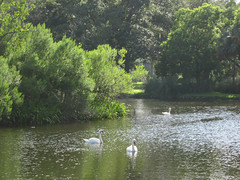 Seven cities with populations around 230,000 were added to the data collection this year: Scottsdale, Norfolk, Madison, Orlando, Birmingham, Baton Rouge, and Durham. Also returning to the report this year is New Orleans, which had been included in data reporting until the sharp population decline following Hurricane Katrina. TPL plans to continue adding cities to its study group in the future.
Seven cities with populations around 230,000 were added to the data collection this year: Scottsdale, Norfolk, Madison, Orlando, Birmingham, Baton Rouge, and Durham. Also returning to the report this year is New Orleans, which had been included in data reporting until the sharp population decline following Hurricane Katrina. TPL plans to continue adding cities to its study group in the future.
The report was supported through a grant from PlayCore, a Chattanooga-based company that promotes the value of play through a variety of educational programs. PlayCore is a leading designer, manufacturer, and marketer of a broad range of commercial and consumer playground and park equipment, surfacing, site amenity, fitness and related play products and programs.
TPL's Center for City Park Excellence opened in 1994 to support the creation and rehabilitation of city park systems through research, data collection, evaluation, skill building, fundraising, garden and playground construction, and land purchases. View the report here.
Move your cursor over the images for credit information.
